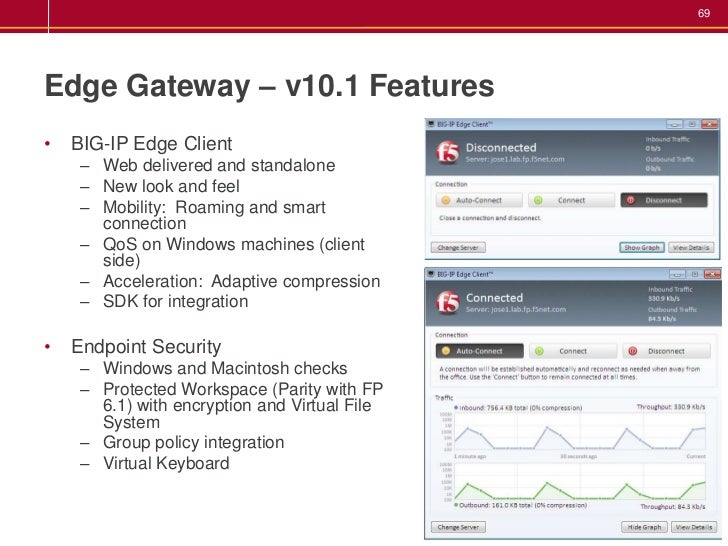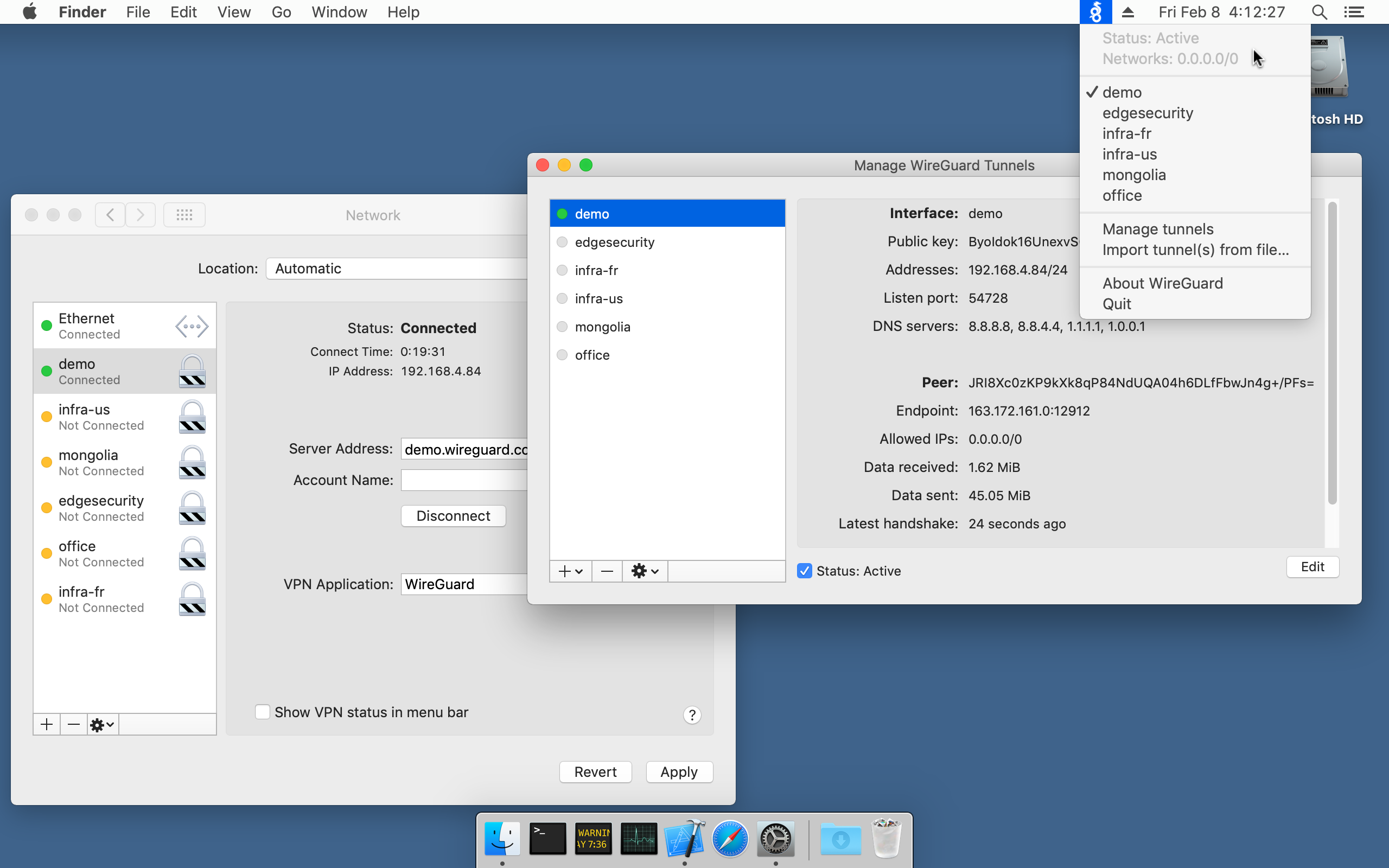

Azure AD authorizationīy default, Azure AD issues tokens to users with granted access to a service. SAML signing certificates created by Azure AD have a lifespan of three years. Define directory roles or group memberships against a user object in Azure AD, before they can be issued as a claim. Claims defined in addition to the default set are issued if they're in Azure AD. You can add other claims to your BIG-IP published service. In User Attributes & Claims properties, observe the details. įrom TMOS v16, the SAML SLO endpoint has changed to /saml/sp/profile/redirect/slo. Replace the Reply URL, and the SAML endpoint path.Replace the Identifier URL with your BIG-IP published service URL.On the Setup single sign-on with SAML menu, select the pen icon for Basic SAML Configuration.On the Select a single sign-on method page, select SAML.With F5 application properties, go to Manage > Single sign-on.

The name, as an icon, appears in the Azure portal and Office 365 portal.In the gallery, search for F5 and select F5 BIG-IP APM Azure AD integration.Go to Enterprise Applications and from the top ribbon select New application.From the left navigation pane, select the Azure Active Directory service.Sign in to the Azure AD portal with application admin rights.Set up a SAML federation trust between the BIG-IP to allow the Azure AD BIG-IP to hand off the pre-authentication and Conditional Access to Azure AD, before it grants access to the published VPN service. Some instructions might vary slightly from the Azure portal.


 0 kommentar(er)
0 kommentar(er)
